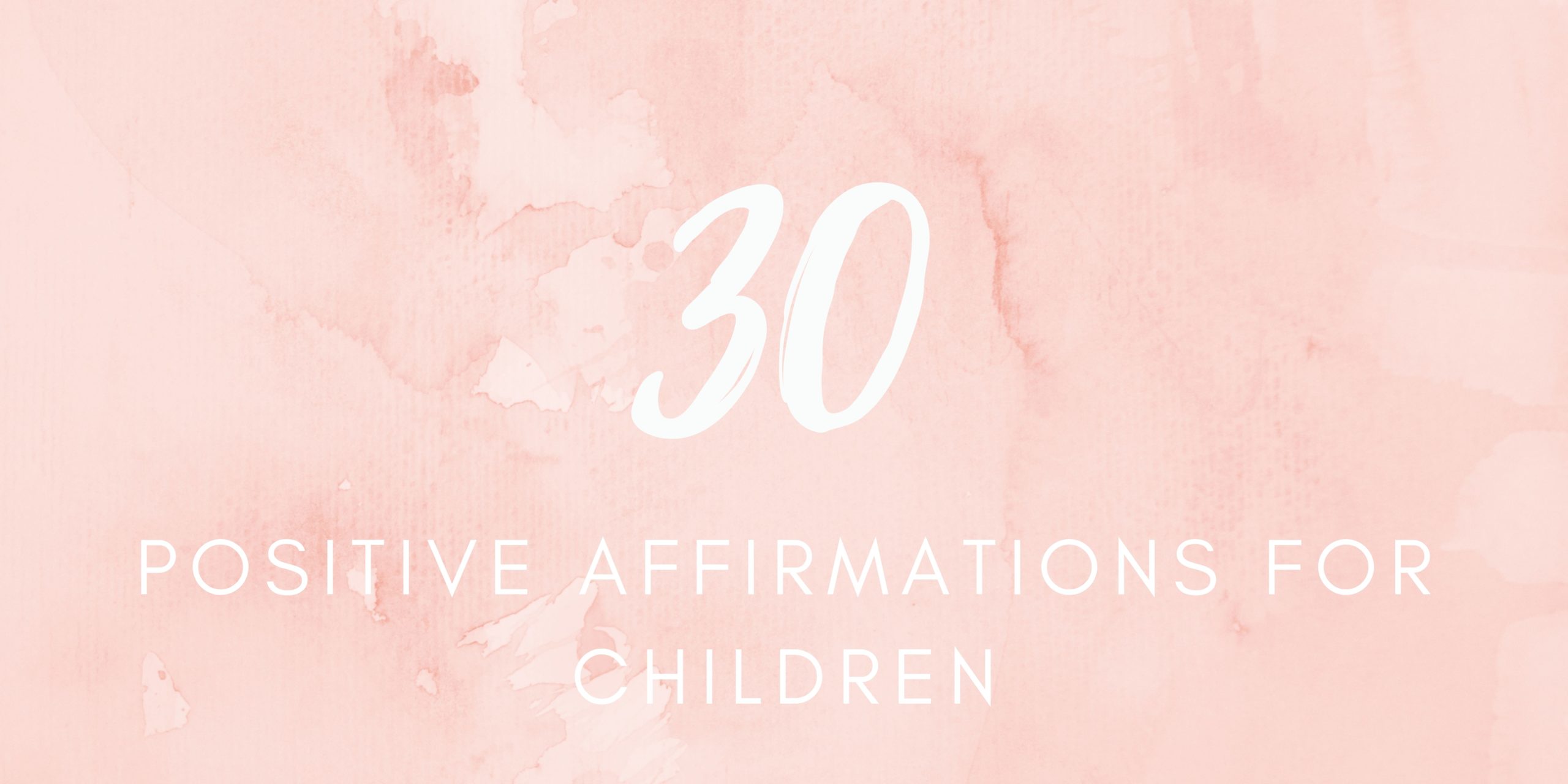I noticed my daughter’s speech habits when she was nearly 4. She spoke with a lisp – an inability to pronounce the s sound. An in-depth speech evaluation confirmed my daughter had an articulation problem and was a year behind the average child in her speech development.
According to the American Speech-Language-Hearing Association (ASHA), an articulation problem is an inability to produce sounds, syllables, or words correctly. If not addressed, the problem may ultimately cause communication and socialization issues.
Most infants start babbling between the ages of 4 and 6 months and continue to develop sounds. By the time they are 2, children should be able to produce the p, b, and m sounds.
In the latter toddler years, a child should start saying the sounds t, d, k. Finally, a child develops the sounds l, s, r, v, and consonant blends such as sh, th, and ch during their preschool years.
A child who doesn’t produce the p, b, and m sounds by age 2, or doesn’t continue to develop new sounds, should be referred for a thorough evaluation.
“By 5-6, most children have mastered the articulation system,” says Diane Paul, Ph.D., director of clinical issues in speech-language pathology at ASHA. “ don’t want to wait until a child is in kindergarten to seek help if they have articulation problems. But if a 3-year-old is producing an r or s incorrectly, that is certainly less of a concern.”
Articulation problems often occur with other problems like language development or with syndromes such as Down’s Syndrome. They can be caused by hearing loss, so a thorough hearing evaluation should be conducted before having a speech evaluation.
However, some children haven’t heard speech modeled correctly. “ really is that some kids need more structured help teaching them exactly how to pronounce the sounds,” says Paul. Addressing the issue early is important because incorrect speech can become habitual.
Amy Clark, a speech-language pathologist with Children’s Hospitals and Clinics of Minnesota offers several suggestions to help children develop clear articulation.
“it’s important to be a good language model,” says Clark. Pronouncing words correctly and using proper grammar is fundamental in teaching children proper speech patterns.
Modeling speech:
-Talk with your child and give them time to respond.
-Repeat a misarticulated sound properly. If the child says “ is a wabbit,” reply by saying “, that’s a white rabbit,” with extra emphasis on the r sound.
-Use baby talk on a limited basis and only when accompanied by the actual word.
-Read books with repetitive words or sounds.
-Ask your child what happened in a book or how to solve a problem.
Schools can be helpful for children with articulation disorders, but parents who suspect their child has a problem should first talk with their child’s pediatrician. Some insurance companies cover the cost of therapy. Coverage varies widely, so consult your policy.
Most importantly, Clark and Paul both urge parents to trust their judgment and seek help early if they suspect a problem. “ earlier interventions start, the better,” says Paul. “’s much easier to correct a problem when the children are young.”
For more information
-American Speech-Language-Hearing Association, ASHA.org
–Beyond Baby Talk, by Kenn Apel and Julie J. Masterson
–It Takes Two to Talk: A Practical Guide for Parents of Children with Language Delays, by Jan Pepper and Elaine Weitzman
Minnesota Parent may earn a small commission for our endorsement, recommendation, testimonial, and/or link to any products or services from this website.























